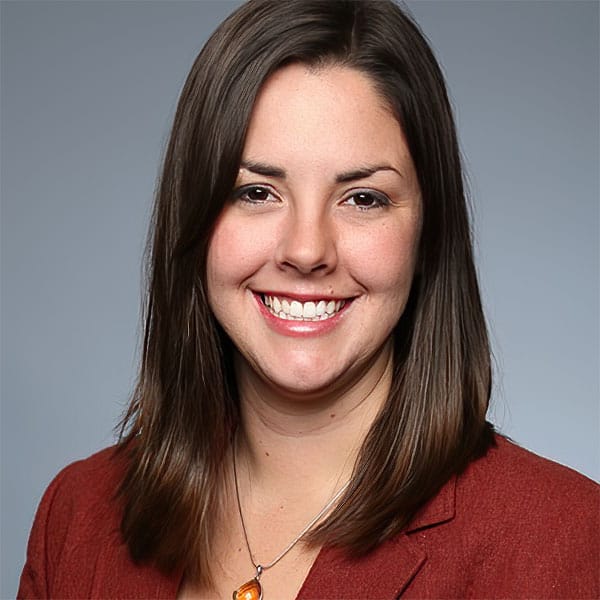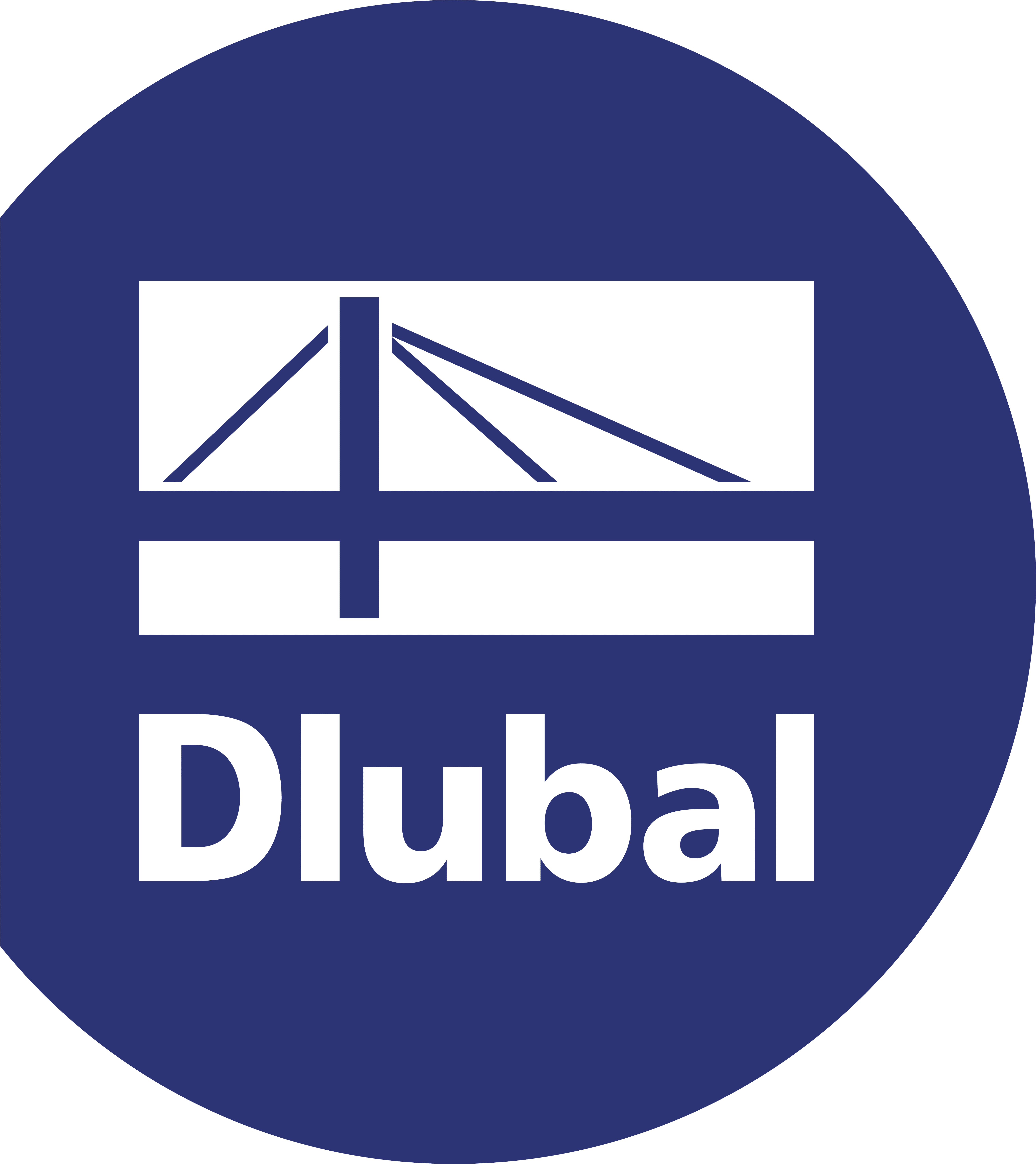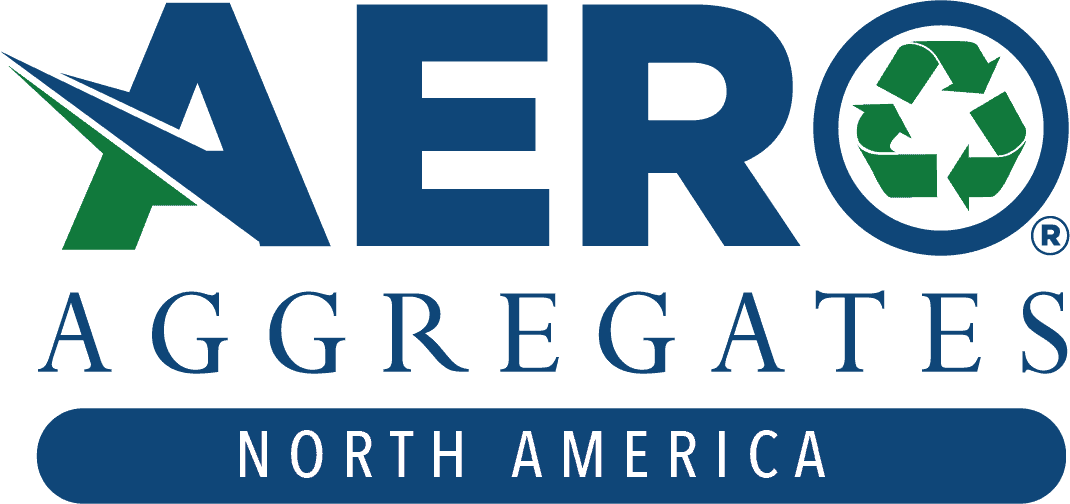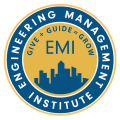In this episode, we talk to Jennifer Traut-Todaro. SE, LEED AP, a senior engineer at the American Institute of Steel Construction about equity in the AEC world. She expands on some of the challenges faced in the office environment and in the trades and how you can become more involved in the AEC Industry.
Engineering Quotes:
Here Are Some of the Questions We Ask Jennifer:
- You are a private tutor on topics such as general structures, lateral forces, statistic and dynamics, concrete, steel, and many more. How has this experience helped to advance your engineering career?
- What challenges do you get to face in the office environment that you work in, and what do you do to overcome these challenges?
- How about challenges in the trades?
- What are some of the emerging initiatives in the AEC industry that have caught your attention?
- What is your opinion on equity in AEC?
Here Are Some of the Key Points Discussed About Equity in AEC:
- Seeing structures from an architectural perspective and not just like an engineer can help students to approach exams from an architect’s perspective, which can make it more likely that they will get licensed.
- One of the challenges of one-on-one teaching is that you need to explain some things in many ways before the student understands it; this can be difficult to do in a large group scenario.
- Breaking down a large team into smaller workgroups can make things more manageable, and more individual attention can be given to team members and problems that arise.
- One of the biggest challenges faced during the pandemic is effectively communicating and keeping everyone up to date.
- The AISC is highly funded by companies that make steel. You get a manual because the fabricators of steel want you to be able to design their products. The AISC has many volunteers with different skills who come together to look at the AISC’s documents, ensure they are current research, and that they cover all the details that need to be covered.
- People need to join groups like the ASCE because the diverse perspective and questions asked are what help people and the groups to grow. You can learn a lot from the engineers with Ph.D.s as they have many years of study and work experience to pass on.
- We are currently in a skilled trade shortage, and research is forecasting that the main need is people in their 50s with many years of experience. However, this is not sustainable.
- The trades are trying to hire people who look like them, but people are not interested anymore, even though the positions are high paying and secure. Many different groups are trying to increase the diversity of the people in the trades and make the opportunities available to everybody.
- Some companies harness engineering education in school and working environments. These companies have recruiters who work with non-traditional roles. Get in touch with them and find out if they have a position that you can work in.
More Details in This Episode…
About Jennifer Traut-Todaro, SE, LEED AP

Sources/References:
AISC
Conference Preview: Looking Forward to Tomorrow
About “Be That One Guy”
She Built This City
Tools and Tiaras
National Women in Construction
Connect with Jennifer Traut-Todaro, SE, LEED AP on LinkedIn
This Episode Is Brought to You by the Following Sponsors:
Dlubal Software:

Menard Group USA:
Do you have projects where you are faced with building on soft or loose ground? Does it seem like all of the good sites are taken and you are always building on poor soils that are a challenge for conventional foundation approaches? Menard may be able to help! As a specialty ground improvement contractor, Menard works nationally and internationally providing design-build ground improvement solutions at sites with problematic soils. Menard’s techniques include controlled modulus columns, wick drains, earthquake drains, vibro stone columns, dynamic compaction, rapid impact compaction, and soil mixing. Typical projects include warehouses, buildings, material storage piles, processing areas, embankments, roadways, port facilities, storage tanks, containment structures, and platforms. In many cases, ground improvement is less costly than traditional approaches such as removal and replacement or piling systems. Menard works closely with civil, structural, and geotechnical engineers to minimize foundation costs for wide ranges of soil conditions, structure types, and loading conditions. To learn more about Menard Group USA, or for help on your next project, please visit www.menardgroupusa.com.
Aero Aggregates of North America:

SkyCiv:

Please leave your comments or questions in the section below on equity in AEC and the challenges engineers face in the office environment and the trades.









